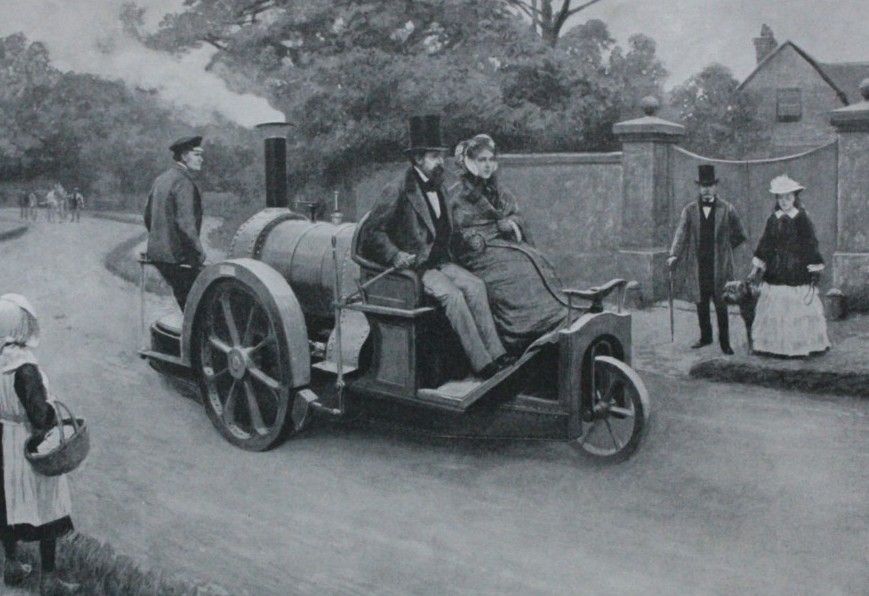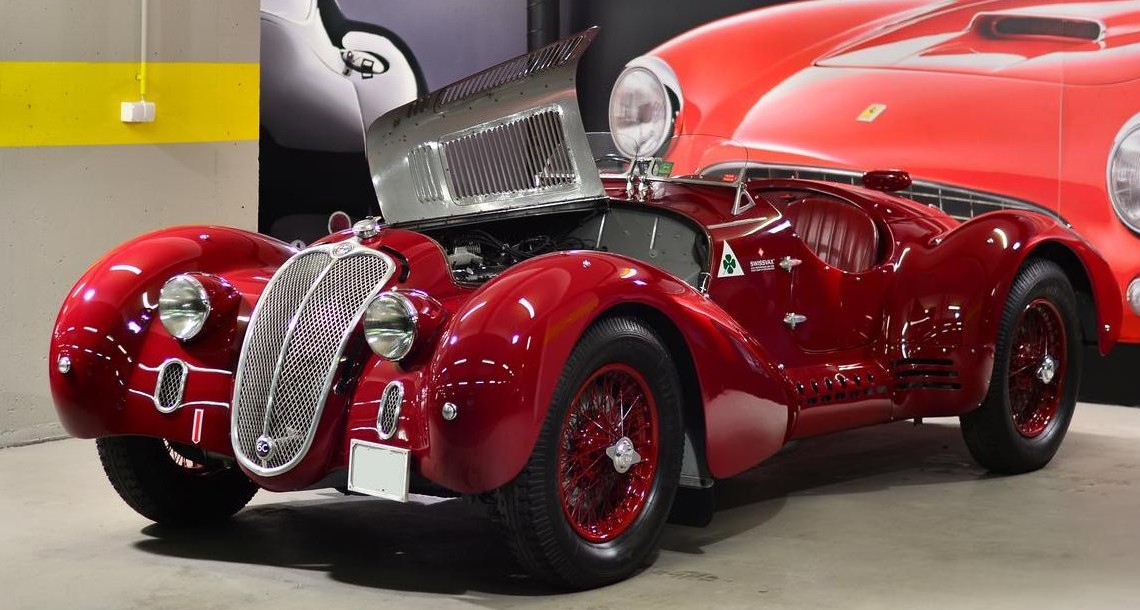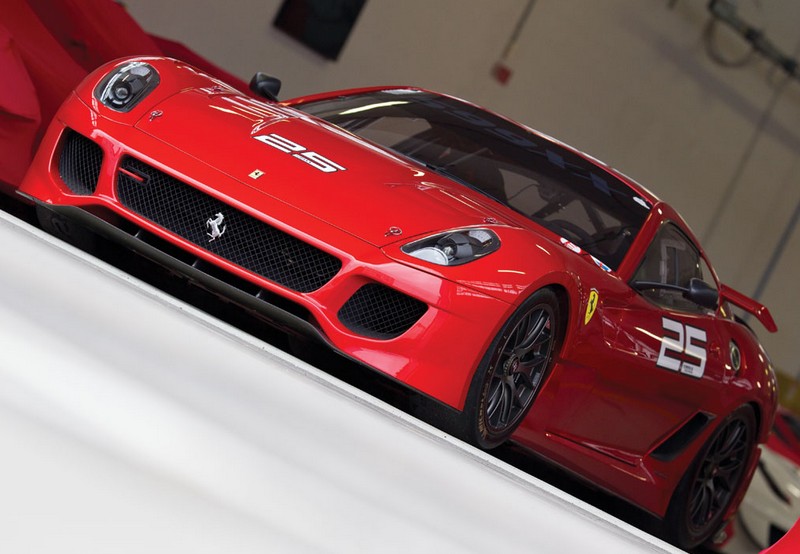1981 Ferrari 512 BBi by Koenig
Offered by Bonhams | Francorchamps, Belgium | May 25, 2013
The Berlinetta Boxer was Ferrari’s rear/mid-engined two-seater for most of the 1970s and 1980s. The 512 BBi was the last iteration of the Berlinetta Boxer and it was introduced in 1981. What set it apart was that it was fuel-injected.
But this car is slightly different. Willy Koenig was a race car driver in the 1960s through 1990. In 1974 he turned to tuning – and not your run-of-the-mill road cars either. Koenig Specials is his company (it is still around today) and they take outrageous cars and make them more, um, outrageous-er. Cars like the Lamborghini Countach, Mercedes SEC, road-going Porsche 962s and the Ferrari 512 – among others.
This car was tuned when new and spent most of its life in the U.S. before being sold to an owner in Europe in 2008. Most Koenig 512 BBis had their fuel-injected 4.9-liter flat-12 upped 110 horsepower in output from stock – to 450. This particular Koenig 512 had twin turbos strapped to it, pushing output to a ludicrous 650 horsepower. The top speed? A claimed 205 mph. To keep it on the ground, a Koenig body kit has been added as well and many other parts of the car upgraded to handle the power.
About 50 Ferrari 512s were modified by Koenig (either by the factory or by the owners). Koenig doesn’t build super specials like this anymore (although they do still build Ferrari accessories). This car is expected to bring between $100,000-$160,000. Click here for more info and here for more from this sale.
Update: Did not sell.










